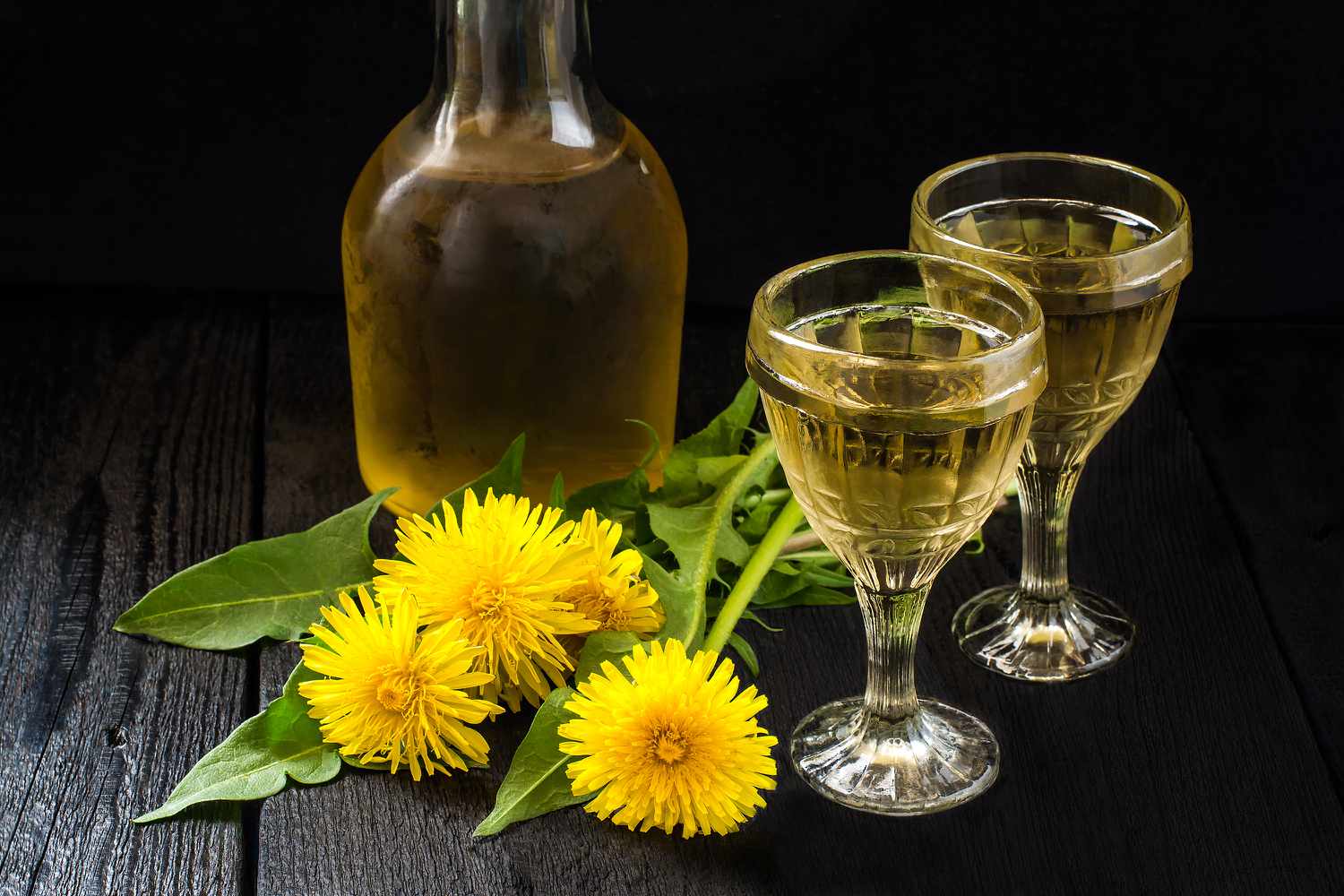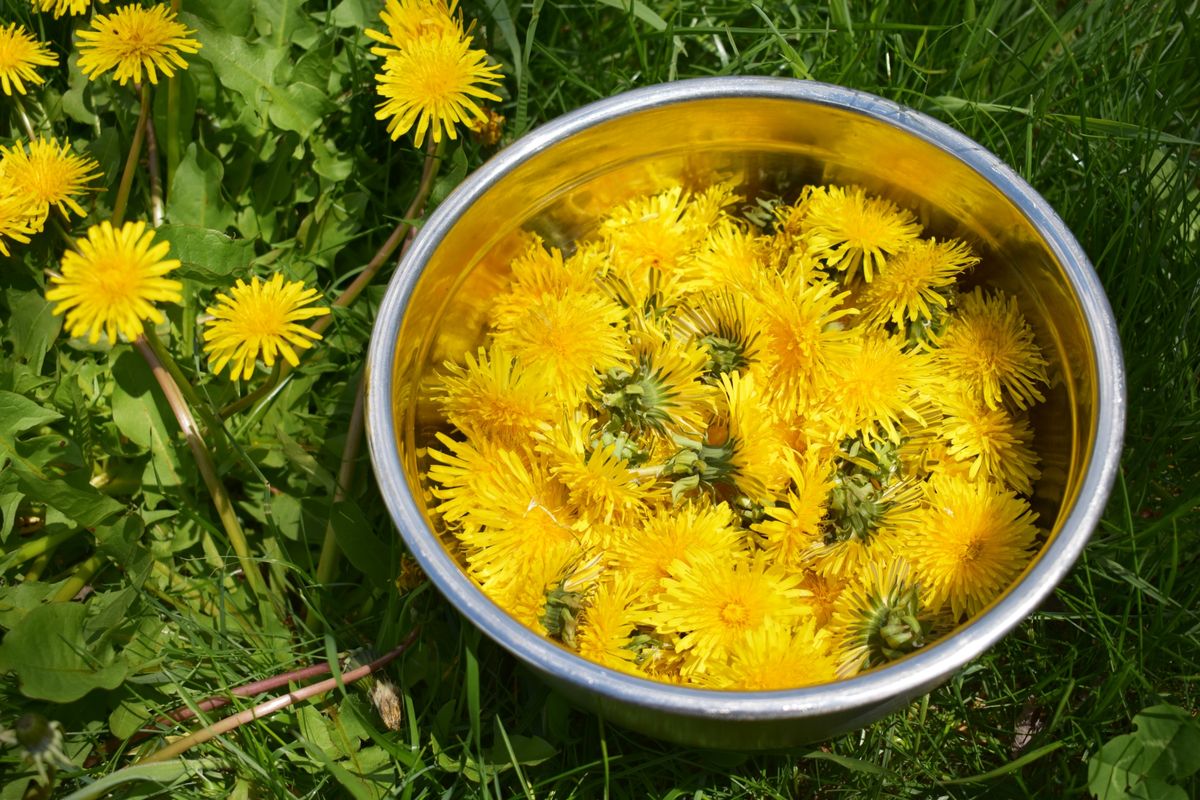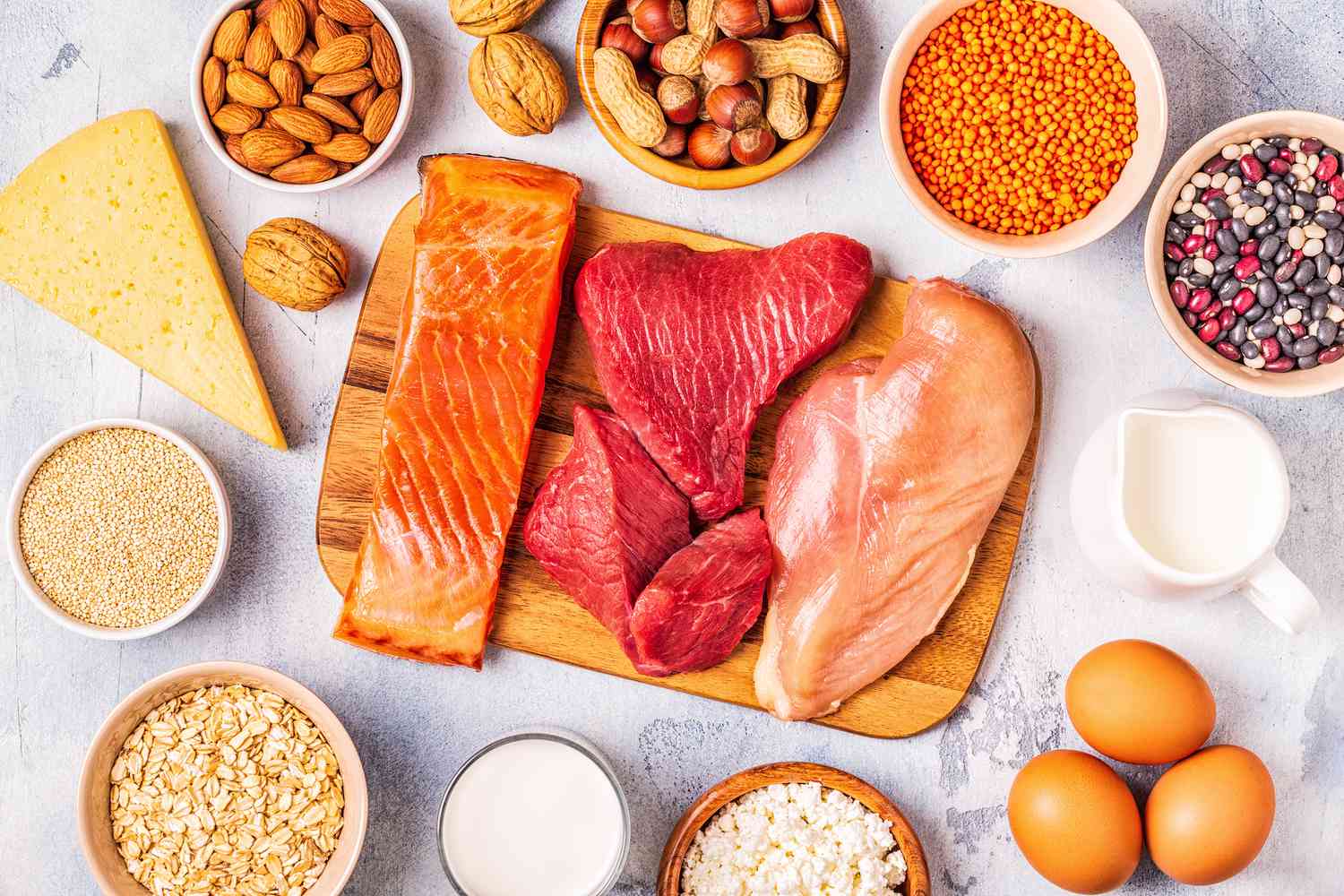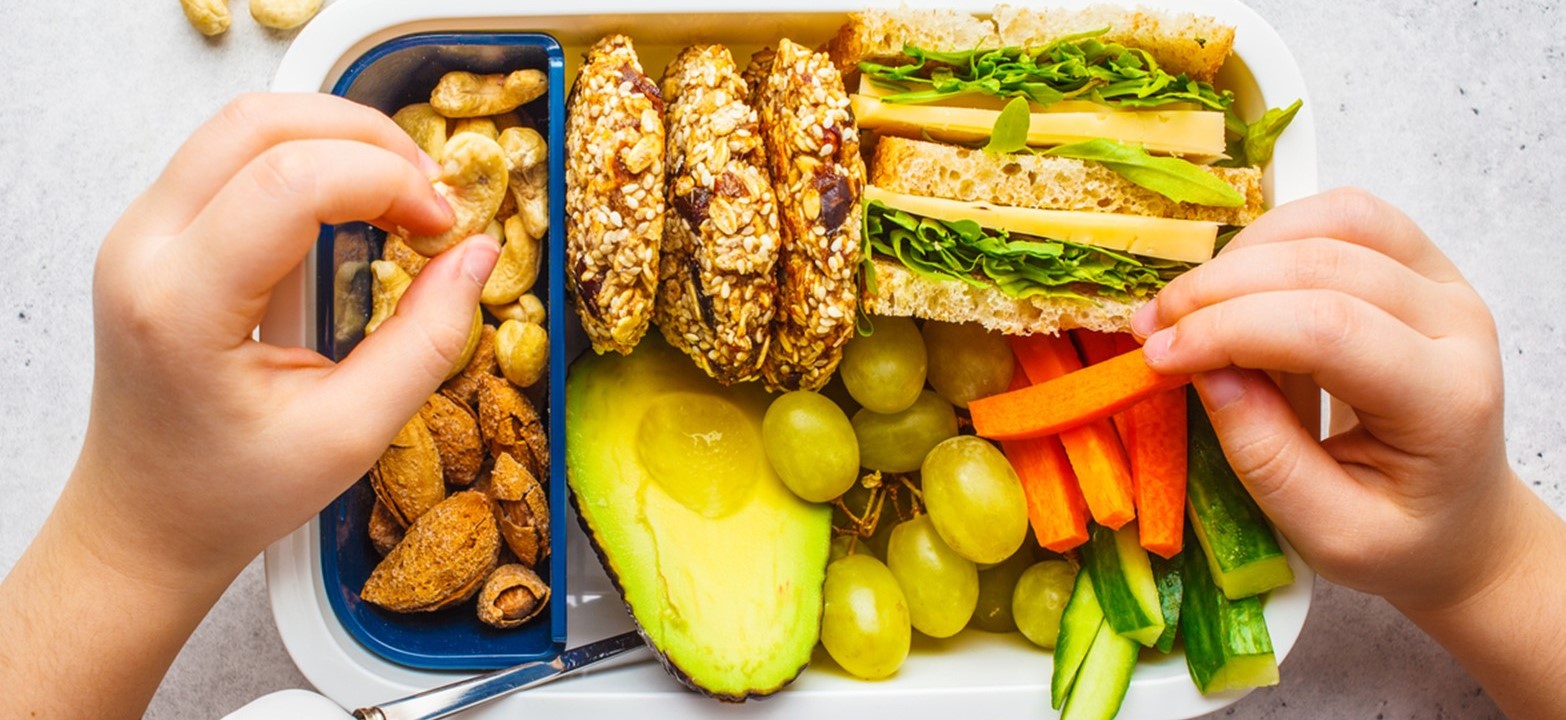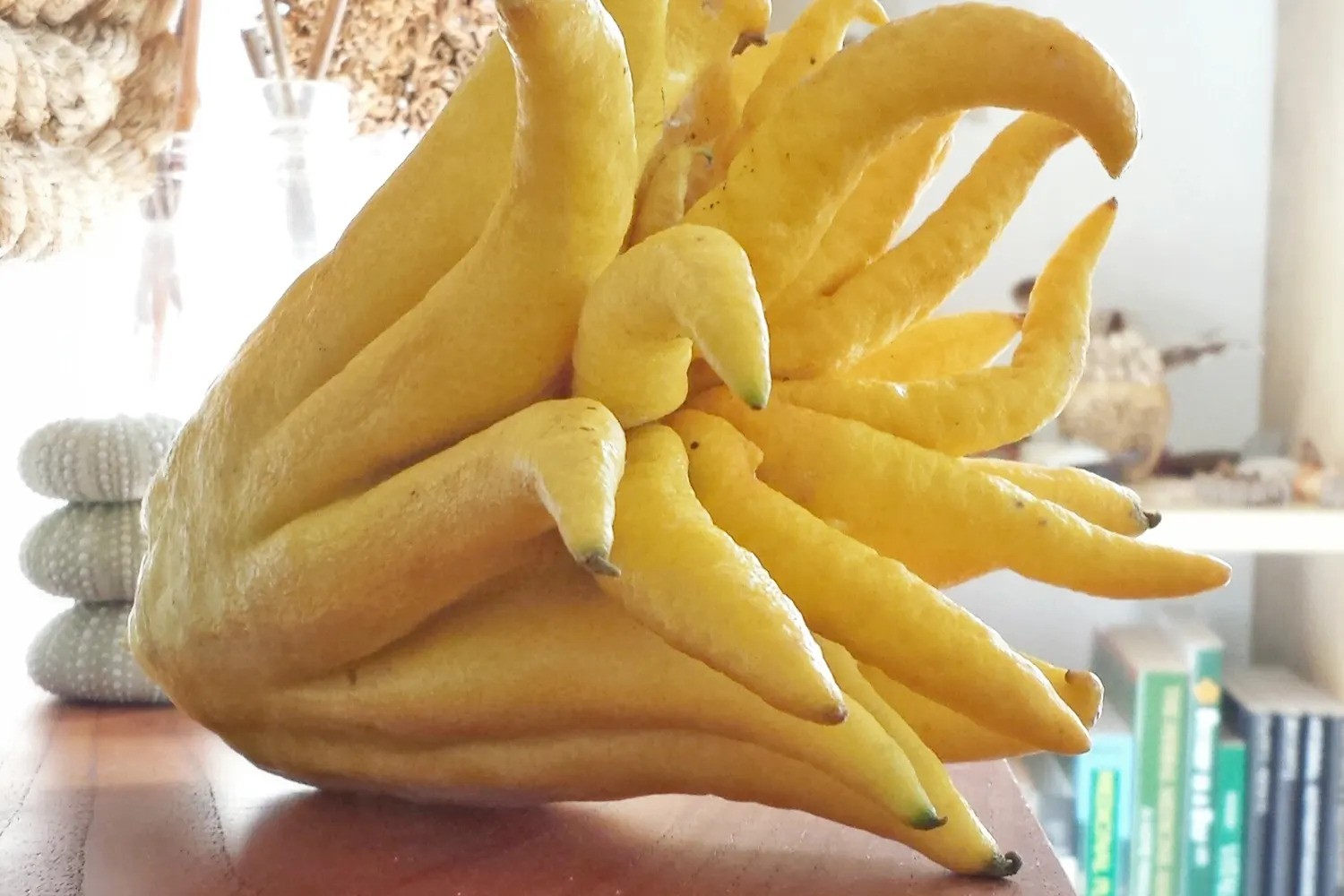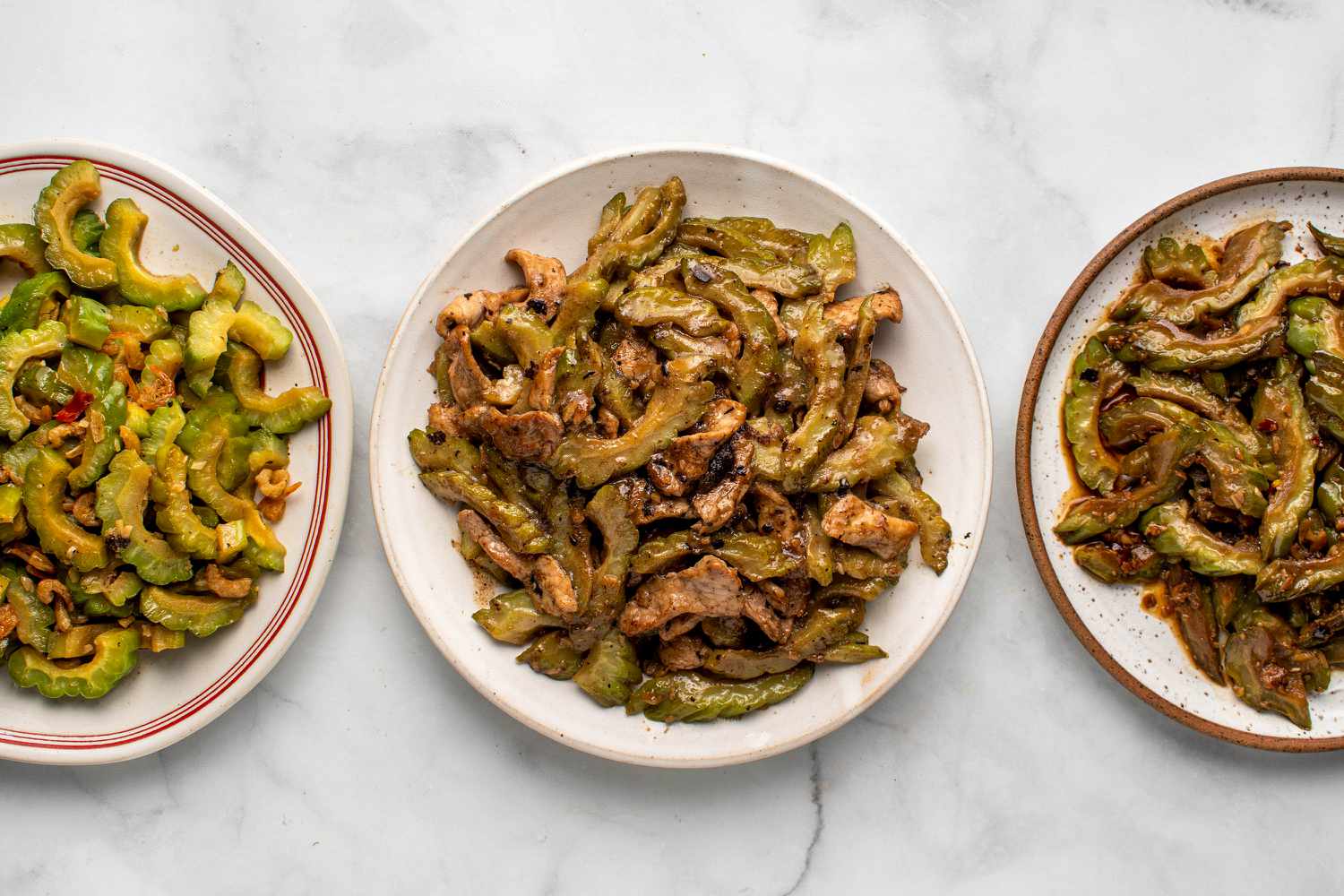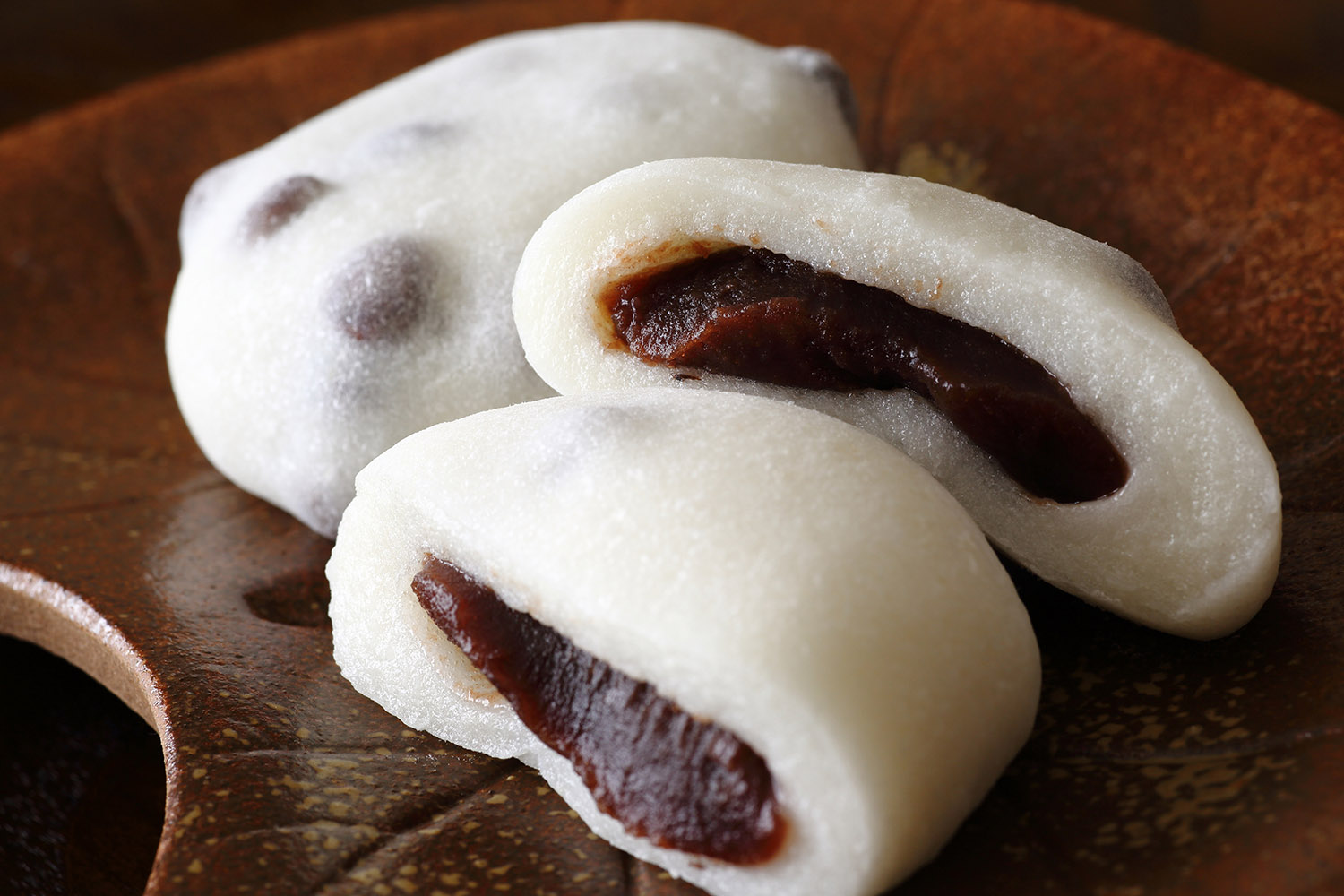Discover the Delicious and Nutritious World of Dandelion Stems
When it comes to foraging for wild edible plants, dandelions are often one of the first plants that come to mind. While many people are familiar with the bright yellow flowers and peppery leaves of the dandelion plant, fewer are aware that the stems are also edible and can be a delicious addition to your culinary repertoire.
Identifying Dandelion Stems
Before you start harvesting dandelion stems, it’s important to be able to identify them correctly. Dandelion stems are long, slender, and hollow, with a slightly milky sap. They emerge from the center of the rosette of leaves and can be harvested when they are young and tender, typically in the spring and early summer.
Harvesting Dandelion Stems
When harvesting dandelion stems, it’s best to choose plants that are growing in areas that have not been treated with pesticides or other chemicals. Look for young, tender stems that are free from blemishes and discoloration. Use a sharp knife or scissors to cut the stems close to the base of the plant, taking care not to damage the surrounding foliage.
Preparing Dandelion Stems
Once you have harvested your dandelion stems, it’s important to wash them thoroughly to remove any dirt or debris. Trim off any tough or woody portions of the stems, and then they are ready to be incorporated into your favorite recipes.
Ways to Enjoy Dandelion Stems
Dandelion stems have a slightly bitter flavor that pairs well with a variety of ingredients. Here are a few ideas for how to enjoy dandelion stems:
- Pickled Dandelion Stems: Try pickling dandelion stems with vinegar, sugar, and spices for a tangy and crunchy treat.
- Stir-Fried Dandelion Stems: Sauté dandelion stems with garlic, ginger, and soy sauce for a flavorful side dish.
- Dandelion Stem Pesto: Blend dandelion stems with garlic, nuts, and olive oil to create a unique and delicious pesto.
- Dandelion Stem Salad: Slice dandelion stems thinly and toss them with your favorite salad ingredients for a fresh and nutritious dish.
The Nutritional Benefits of Dandelion Stems
In addition to their culinary versatility, dandelion stems also offer a range of health benefits. They are rich in vitamins A, C, and K, as well as minerals like calcium, iron, and potassium. Dandelion stems are also a good source of fiber and antioxidants, making them a nutritious addition to your diet.
Final Thoughts
Next time you spot a patch of dandelions in your yard or out on a nature walk, consider harvesting some of the stems to incorporate into your cooking. With their unique flavor and nutritional benefits, dandelion stems are a versatile and delicious addition to any meal.
Remember to always harvest wild plants responsibly and consult with a knowledgeable forager if you have any doubts about plant identification. Enjoy exploring the world of dandelion stems and the many culinary possibilities they offer!

